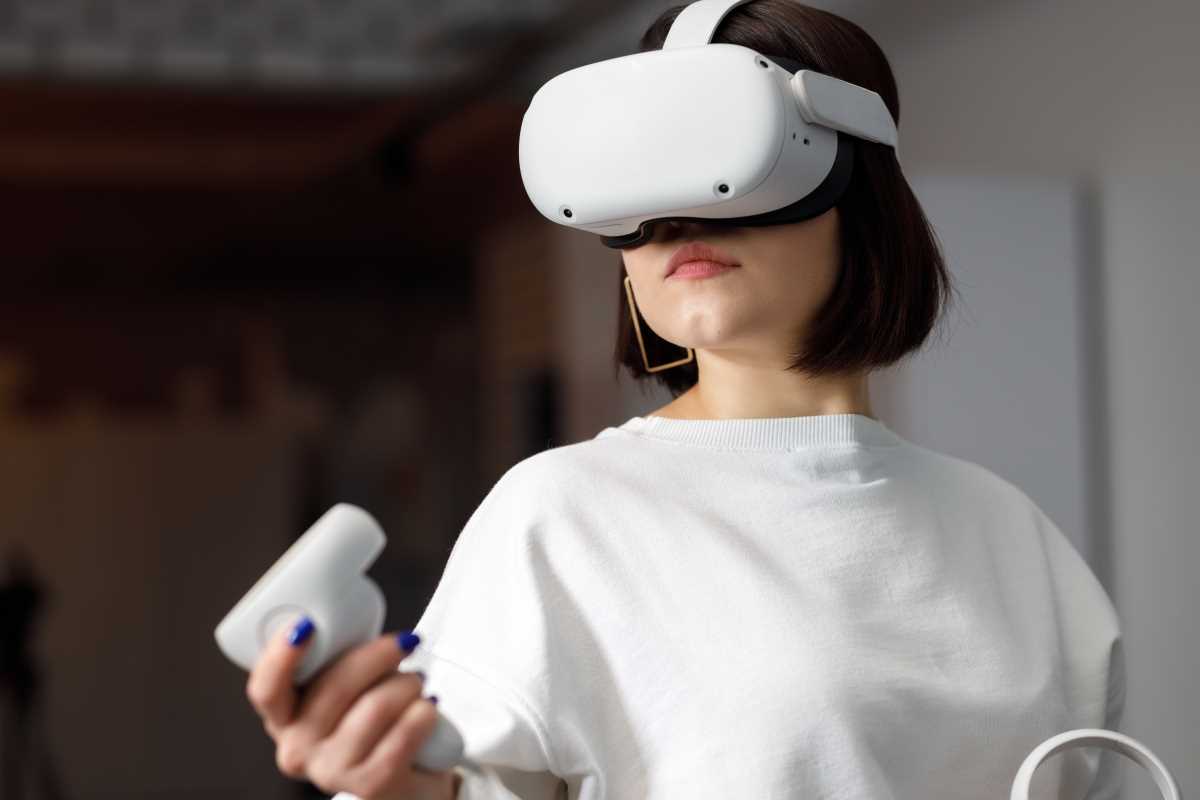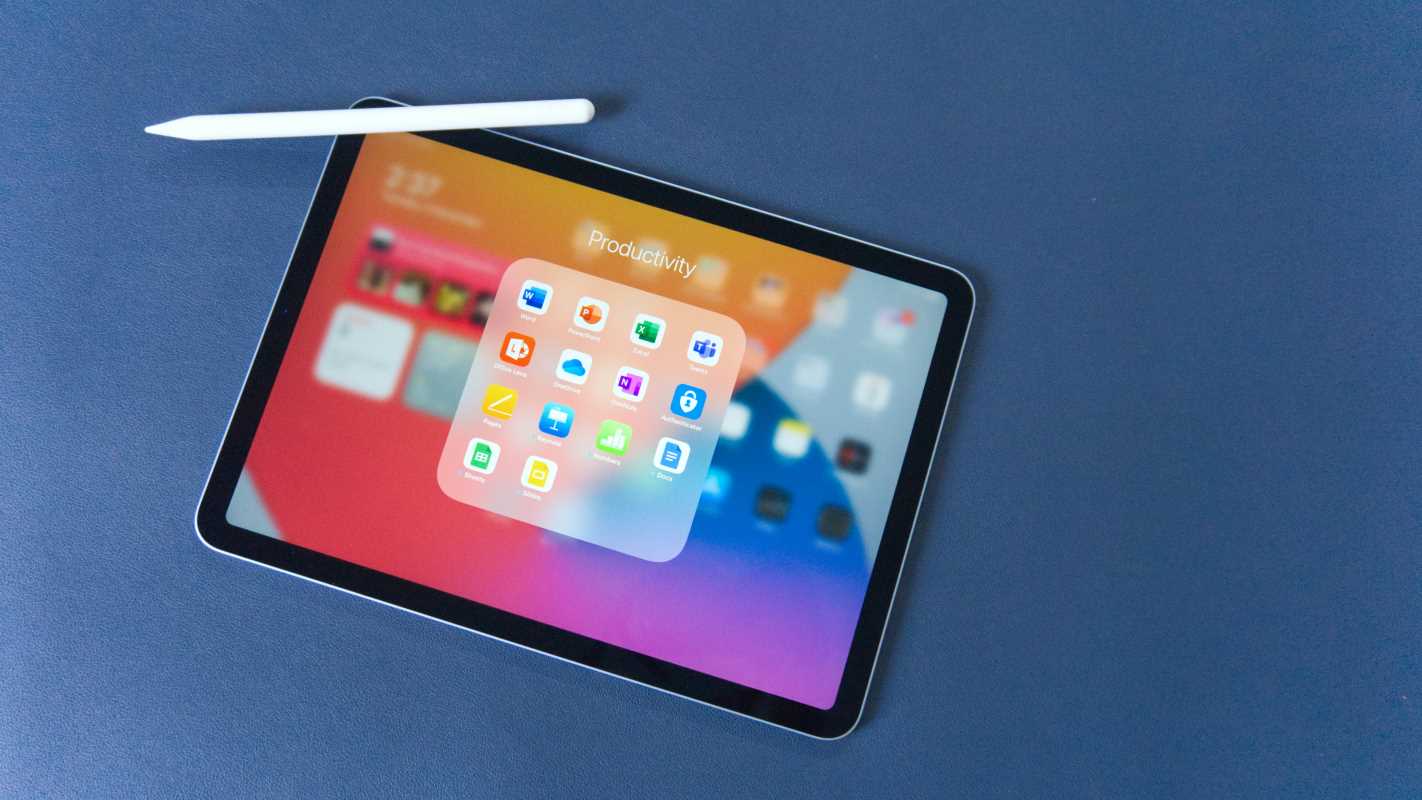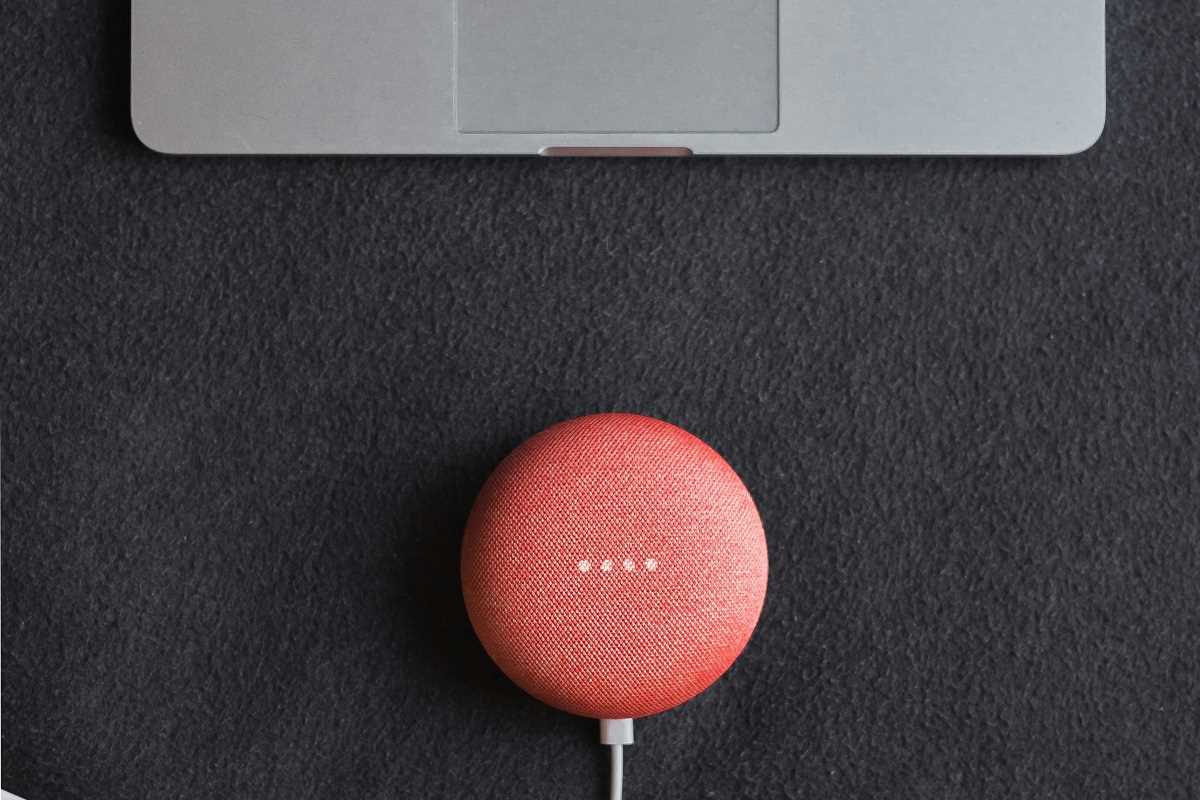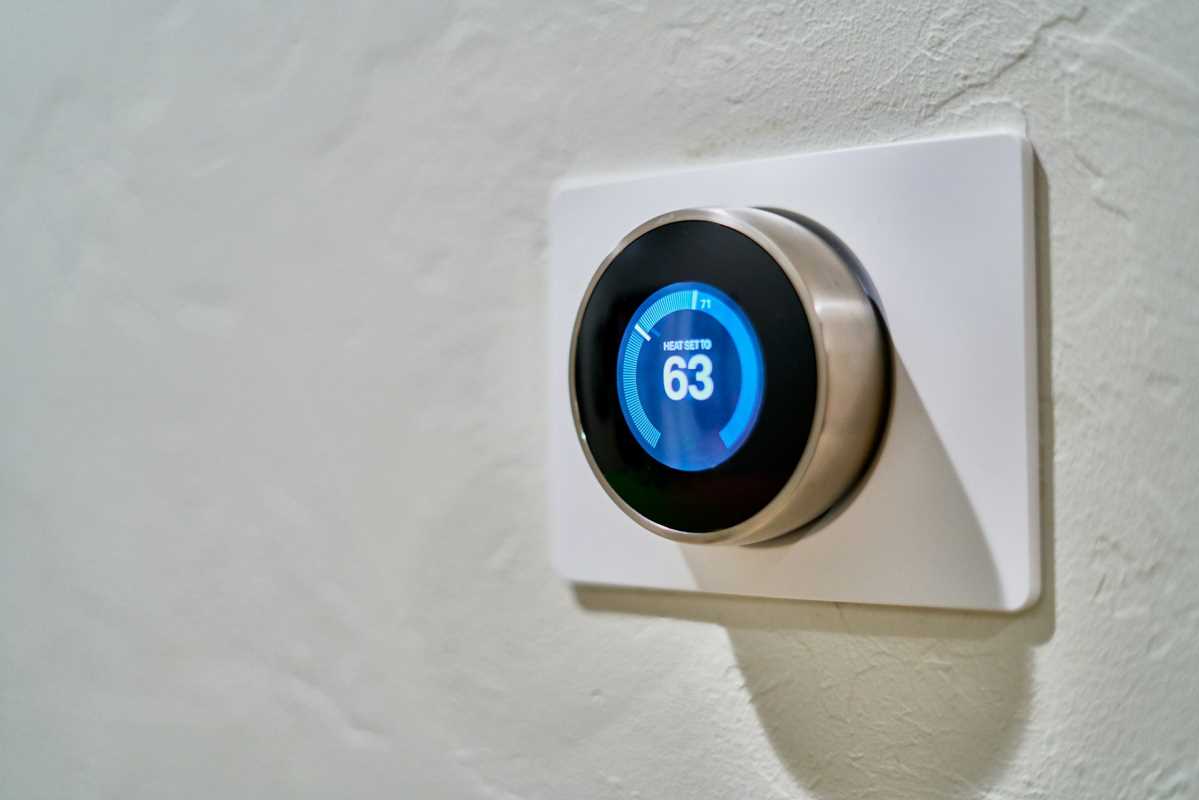For years, augmented reality (AR) has felt like a technology on the verge of revolutionizing the way we interact with the world, yet it always seemed to fall short of its vast potential. We've caught glimpses of its promise through mobile games like Pokémon GO and social media filters, but the technology has remained more of a novelty than a game-changer. That could all change with Apple’s Vision Pro. It’s Apple’s bold declaration about the future of computing, and it might finally be the breakthrough that brings AR into the mainstream.
What Is Augmented Reality?
At its core, augmented reality overlays digital content—images, text, videos—onto the real world. Picture the yellow first-down marker on a football broadcast or a digital Pokémon appearing in your backyard. Unlike virtual reality (VR), which immerses you in a fully digital environment and isolates you from your surroundings, AR enhances your reality by adding digital elements to it.
Apple, however, is positioning the Vision Pro as something entirely new: a “spatial computer.” This concept goes beyond AR or VR by seamlessly integrating digital content into your physical environment, making it feel as though it’s truly part of your space. Imagine your living room walls transforming into an enormous movie screen, or a 3D model of the solar system hovering over your coffee table for interactive exploration. The Vision Pro is about engaging with it in a way that feels natural and intuitive. Eyes, hands, and voice serve as the primary controls—no bulky controllers required. You simply look at an icon to select it, tap your fingers to click, or flick your wrist to scroll. This simplicity breaks down the barriers between user and technology, making it far more accessible.
The Power Behind the Vision Pro
What sets the Vision Pro apart is its remarkable technological power. At its heart are two custom-designed chips: the M2, the same powerhouse processor found in modern MacBooks, and the new R1 chip. The M2 runs the visionOS operating system and handles the heavy computational lifting, while the R1 processes input from the device’s 12 cameras, five sensors, and six microphones. The result? Near-instantaneous responsiveness, with a lag of just 12 milliseconds—eight times faster than the blink of an eye. This rapid processing eliminates motion sickness and ensures the digital world moves in perfect sync with your physical movements.
The displays are equally impressive. Each eye gets its own micro-OLED display, delivering a combined total of 23 million pixels—more than a 4K TV per eye. This level of visual fidelity ensures that text is crisp, images are vibrant, and videos are stunningly detailed. Gone are the days of pixelated, screen-door visuals; instead, digital elements appear lifelike, blending seamlessly with your environment. This clarity is essential for making spatial computing feel believable and usable across a wide range of applications.
What Can You Do with the Vision Pro?
The Vision Pro has the potential to revolutionize both productivity and entertainment. For work, it reimagines the concept of a workspace. Forget being limited by the size of your physical monitor—now you can arrange massive virtual screens around you. Picture an email client to your left, a browser in the center, and a video call on the right, all floating in your environment. Collaboration becomes more dynamic too; imagine working with colleagues on a 3D model of a product, manipulating it with your hands as if it were physically present. Architects could walk through virtual blueprints, and surgeons might overlay patient data and 3D scans onto their view during procedures, enhancing precision and insight.
In entertainment, the possibilities are equally exciting. Watching a movie could feel like sitting in front of a 100-foot screen, with spatial audio making the action feel immersive. 3D movies could finally deliver on their promise, creating depth and realism far beyond what a flat screen can achieve. Gaming would take on a whole new dimension, turning your living room into a battlefield or a puzzle board, with digital elements interacting seamlessly with your physical space.
Addressing the Isolation of Headsets
One of the Vision Pro’s most thoughtful features is EyeSight, Apple’s solution to the isolating nature of traditional headsets. EyeSight displays a representation of your eyes on the front of the device, making it appear transparent when someone approaches you, so they know you’re aware of their presence. If you’re fully immersed in a virtual experience, the headset displays a cue to signal that you’re occupied. This feature bridges the gap between the digital and physical worlds, making the Vision Pro feel less isolating and more social.
Challenges and the Road Ahead
Despite its groundbreaking features, the Vision Pro isn’t without its challenges. The most obvious hurdle is its price. At launch, the device carried a steep price tag, limiting it to developers, professionals, and early adopters. For now, it’s far from a mass-market product. Battery life is another limitation—the external pack provides only about two hours of use, which isn’t ideal for extended sessions. And as with any first-generation product, there will be a learning curve and a need for more apps and experiences to fully showcase its potential.
Still, Apple has a history of redefining markets. The iPod wasn’t the first MP3 player, the iPhone wasn’t the first smartphone, and the Apple Watch wasn’t the first smartwatch. Yet in each case, Apple waited, refined the concept, and delivered products that pushed the entire category into the mainstream. The Vision Pro seems poised to follow the same trajectory. By focusing on intuitive design, cutting-edge performance, and a seamless blend of the digital and physical, Apple is laying the groundwork for a future where computing extends beyond screens and integrates into the world around us.
While it may take years for the technology to mature and the price to become more accessible, the Vision Pro represents a monumental leap forward. It sets a new standard for augmented reality and ignites the imagination of what’s possible, offering a glimpse into a future where the boundaries between the digital and physical worlds are no longer barriers but bridges.
 (Image via
(Image via





.jpg)